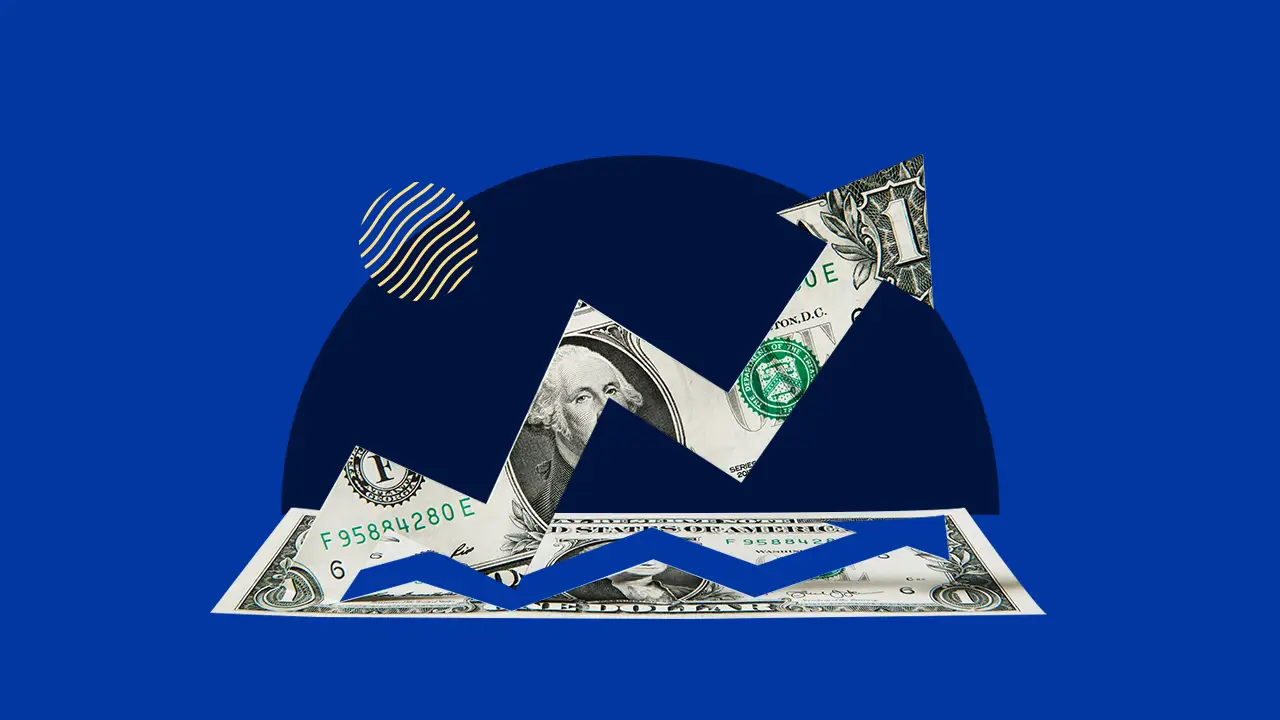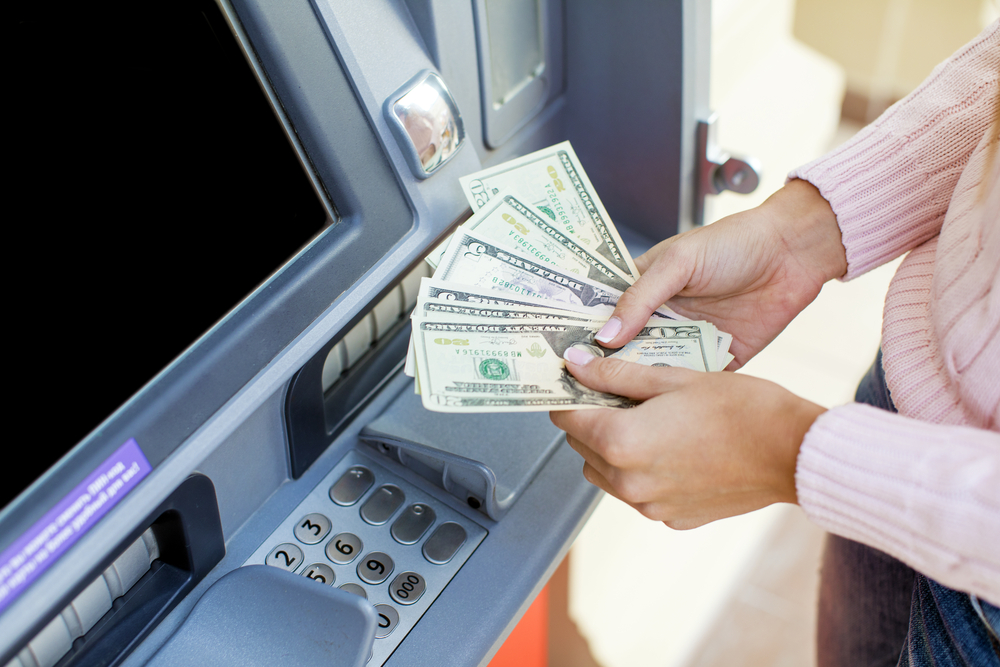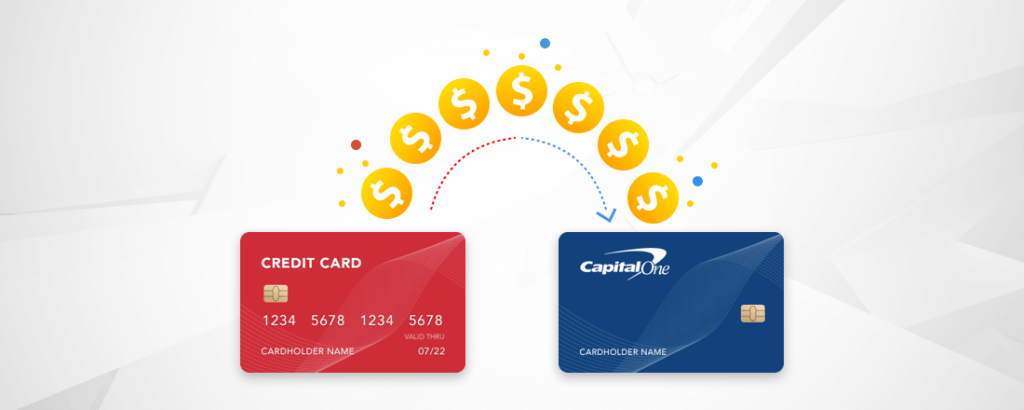Understanding how cash advances work is crucial for any credit card holder. These are essentially short-term loans you can quickly obtain through your credit card, but they come with specific terms and costs that can impact your financial health if not managed properly. This guide focuses on obtaining a cash advance using a Capital One credit card, one of the popular choices among consumers.

Whether you’re facing an emergency expense or need cash in hand when other options are unavailable, knowing how to efficiently and effectively manage a cash advance can save you from unnecessary financial strain.
By the end of this article, you’ll learn everything about “how to get a cash advance with a Capital One credit card”, ensuring you’re well-prepared should you need to access this feature.
What Is a Credit Card Cash Advance?
A credit card cash advance is a facility that allows credit card holders to withdraw cash either through an ATM, bank branch, or by using convenience checks provided by the credit issuer. Unlike regular credit card purchases, cash advances usually begin accruing interest immediately, often at a higher rate than the one applied to purchases. This makes them more expensive over time.

Understanding the nuances of cash advances is essential, including associated fees such as the cash advance fee and limitations like the cash advance limit, to ensure you use them judiciously and avoid any financial pitfalls.
Understanding Your Capital One Credit Card Terms
When you hold a Capital One credit card, it’s essential to familiarize yourself with specific terms that govern its use, especially concerning cash advances. Each card has a predetermined credit limit, which is the maximum amount you’re allowed to borrow at any given time, including purchases and cash advances.
Moreover, cash advances come with a separate cash advance APR (Annual Percentage Rate), which is typically higher than the APR for purchases. This rate dictates the interest you’ll accrue daily on the cash you withdraw. Understanding these terms helps in managing your finances better and avoiding excessive debt accumulation from unexpected charges.
Credit Card Purchases vs. Cash Advances
While both credit card purchases and cash advances draw from your credit limit, they operate under different conditions. Credit card purchases usually benefit from a grace period during which no interest is charged if the balance is paid in full by the due date each month.
In contrast, cash advances start accruing interest immediately upon withdrawal, with no grace period. This fundamental difference can make cash advances a more expensive option compared to making purchases with your credit card, highlighting the importance of using them sparingly and only when absolutely necessary.
Requirements for Getting a Cash Advance
To obtain a cash advance with your Capital One credit card, certain requirements must be met to ensure a smooth transaction. First and foremost, you’ll need a government-issued photo ID such as a driver’s license or passport to verify your identity.

Additionally, having your recent credit card statement handy can expedite the process, especially if you’re visiting a bank branch to withdraw cash. It’s also crucial to know your credit card PIN, which is needed to complete transactions at an ATM. Ensuring you have these items prepared before you attempt to take out a cash advance will help avoid any complications.
How to Obtain a Cash Advance with Your Capital One Card
Getting a cash advance from your Capital One credit card is a straightforward process, but it’s important to follow these steps carefully to manage costs and avoid complications:
- Find an ATM or Bank Branch: Locate a compatible ATM or bank branch that displays the Visa or MasterCard logo. Your Capital One card will be accepted at these locations for cash advances.
- Prepare Your Credit Card PIN: Ensure you know your credit card PIN before attempting to withdraw cash. If you haven’t set up a PIN or have forgotten it, you can usually set or reset it through your online account or by calling customer service.
- Insert Your Card: At the ATM or bank, insert your Capital One card and enter your PIN when prompted.
- Select the Cash Advance Option: Choose the option for a cash advance. Some ATMs may label it differently, such as credit card withdrawal.
- Enter the Amount: Decide how much cash you need within your available cash advance limit and enter the amount.
- Complete the Transaction: Confirm the transaction details, including any fees, and complete the withdrawal.
- Take Your Cash and Receipt: Collect your cash and receipt, which will detail the transaction amount, fees, and your remaining credit limit.
Always be mindful of the high interest rates and fees associated with cash advances, which start accruing immediately.
Online Options for Cash Advances
Capital One provides online management tools that allow cardholders to access cash advances with more flexibility. Through your online account, you can directly transfer money from your credit card to your linked bank account, effectively using your cash advance credit. This method is especially useful when you need funds quickly in your checking account without visiting an ATM or bank branch.
To use this feature:
- Log In to Your Account: Access your Capital One online account.
- Navigate to Transfers: Select the option to transfer money.
- Choose Accounts: Set your Capital One credit card as the ‘from’ account and your bank account as the ‘to’ account.
- Enter the Transfer Amount: Specify the amount you wish to transfer, staying within your cash advance limit.
- Confirm and Transfer: Review the details for accuracy, noting the cash advance fee and higher interest rate, and then confirm the transfer.
This method allows you to manage your funds efficiently while still being mindful of the costs associated with a cash advance.
Managing Cash Advance Debt
Effectively managing debt from cash advances is essential to maintain financial stability. Since cash advances typically come with high interest rates, it’s important to prioritize their repayment to avoid escalating debt. Create a repayment plan that targets these balances first, as they accrue interest daily.
Additionally, understanding the grace period associated with your purchases can help you manage your finances better. Remember, cash advances do not have a grace period, meaning interest starts accumulating immediately. Make payments as soon as possible, even before the bill is due, to minimize interest charges and manage your debt more efficiently.
Alternatives to Cash Advances
Before opting for a cash advance, consider alternatives that might be less costly. Using a debit card linked to your bank account can provide access to your existing funds without incurring additional debt or interest charges.
Additionally, convenience checks issued by your credit card company can be used to make payments that might otherwise require a cash transaction. These checks can often offer a lower APR than cash advances, though fees may still apply. Evaluating these alternatives can provide more manageable, less expensive options for accessing cash.
Navigating Costs Associated with Cash Advances
When considering a cash advance from your credit card, understanding the associated costs is crucial. These advances typically come with a distinct cash advance fee and a higher APR, which applies from the moment you access the funds.
Although this option provides immediate liquidity, it’s vital to assess whether the convenience outweighs the potentially high interest rates.
Evaluating Alternatives to Cash Advances
Before using your credit card for a cash advance, explore alternatives that might be more economical. Options like personal loans or short term loans could offer more favorable terms, such as lower interest rates and structured repayment plans. This strategic consideration can save you money in the long run, particularly if you need a significant amount for an extended period.
Best Practices for Managing Cash Advances
If you decide that a cash advance is the best option, ensure you are prepared for the additional fees and the immediate start of interest accrual. Use secure methods like your personal identification number (PIN) at compatible ATMs or inside a bank branch to withdraw cash safely.
Managing your credit card account online can help you keep track of your balances and repayments efficiently. Always aim to repay the borrowed amount as quickly as possible to minimize interest charges, and consider setting up a budget to manage this debt effectively.
Understanding the Cost Implications of Credit Card Cash Advances
When faced with immediate financial needs, a credit card cash advance, or turbo debit, can seem like a convenient solution. However, it’s crucial to understand the cost implications before proceeding. Unlike regular credit card purchases that might benefit from a grace period during which no interest is charged if the balance is paid in full, cash advances start acquiring interest the moment the money is withdrawn. For Capital One cardholders, this means facing a higher Annual Percentage Rate (APR) as well as a cash advance fee which is typically a percentage of the amount withdrawn.
